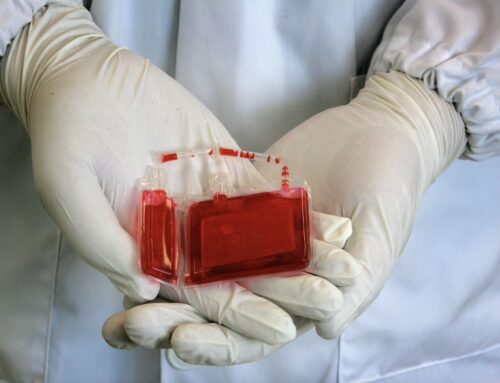Cleaning and Bandaging a Wound
Cleaning and bandaging a wound properly is important to prevent infection and promote healing. Here are some general steps to follow:
- Wash your hands: Before cleaning or bandaging a wound, wash your hands thoroughly with soap and water.
- Clean the wound: Gently clean the wound with mild soap and water to remove any dirt or debris. Use a soft cloth or gauze and avoid scrubbing, as this can irritate the wound.
- Rinse the wound: Rinse the wound thoroughly with clean water to remove any soap residue.
- Apply an antiseptic: If the wound is minor and clean, you can apply an over-the-counter antiseptic or antibiotic ointment to help prevent infection. Follow the instructions on the product label.
- Cover the wound: If the wound is small and superficial, you can cover it with a sterile adhesive bandage or gauze pad to protect it from dirt and bacteria. Change the bandage daily or as needed.
- Monitor the wound: Check the wound regularly for signs of infection, such as increased redness, swelling, pain, or pus. If you notice any signs of infection, see a healthcare provider.
- Seek medical attention: For deep or large wounds, or wounds that are bleeding heavily or showing signs of infection, seek medical attention promptly.
It’s important to note that these are general guidelines and may not be suitable for all types of wounds. Always follow the advice of a healthcare provider for specific wound care instructions.
For what kind of wound should I seek medical attention?
Seek medical attention for wounds that are deep, won’t stop bleeding, are caused by an animal or human bite, have debris that can’t be removed, show signs of infection (redness, swelling, warmth, pus), are near a joint or bone, or if you haven’t had a tetanus shot in the last five years. Additionally, seek medical help if you’re unsure about the seriousness of the wound or if it causes significant pain or impairment.




